Nationality Germany Role Physicist | Name Peter Grunberg Fields Physics Doctoral advisor S. Hufner | |
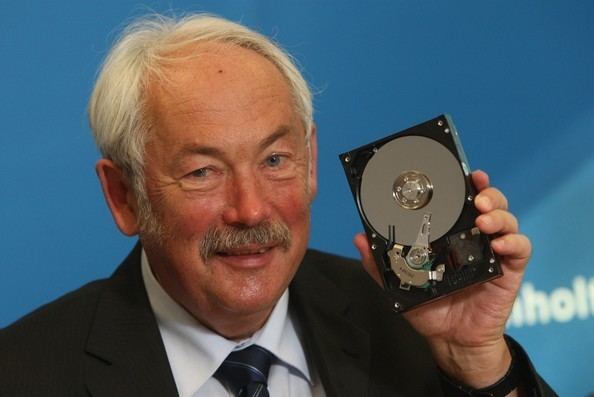 | ||
Alma mater Darmstadt University of Technology Notable awards Wolf Prize in Physics (2006)European Inventor of the Year (2006)Japan Prize 2007Nobel Prize in Physics (2007) Awards | ||
Known for Giant magnetoresistance | ||
Partnerschaft relationship peter gr nberg
Peter Andreas Grünberg (born 18 May 1939) is a German physicist, and Nobel Prize in Physics laureate for his discovery with Albert Fert of giant magnetoresistance which brought about a breakthrough in gigabyte hard disk drives.
Contents
- Partnerschaft relationship peter gr nberg
- Gl ckliches leben happy life peter gr nberg
- Biography
- Important work
- References
Gl ckliches leben happy life peter gr nberg
Biography
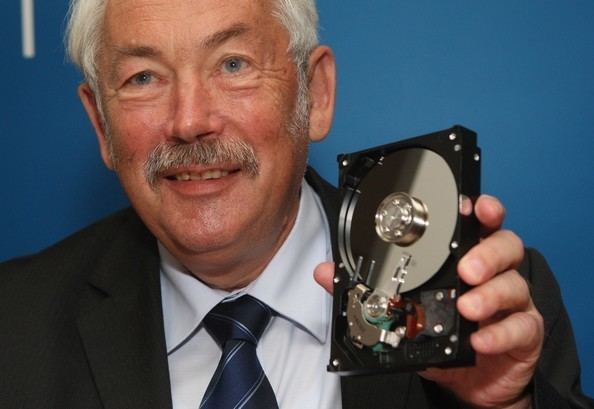
Grünberg was born in Pilsen, Bohemia, which at the time was in the German-occupied Protectorate of Bohemia and Moravia (now the Czech Republic) to the Sudeten German family of Anna and Feodor A. Grünberg which first lived in Dysina (Dýšina) to the East of Pilsen. Peter Grünberg is a Catholic
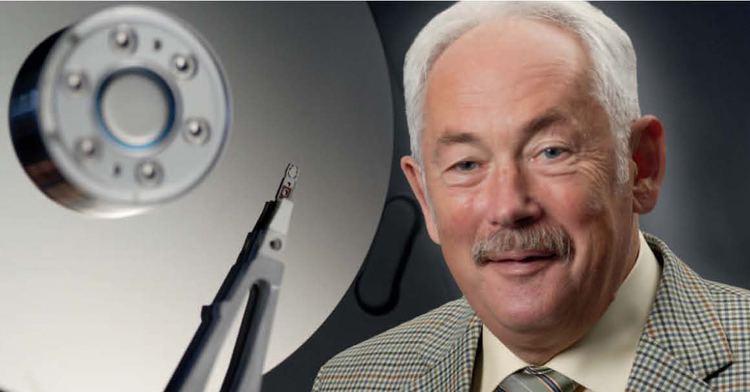
After the war, the family was interned; the parents were brought to a camp. His father, a Russia-born engineer who since 1928 had worked for Škoda, died on 27 November 1945 in Czech imprisonment and is buried in a mass grave in Pilsen which is also inscribed with Grünberg Theodor † 27. November 1945. His mother Anna (who died in 2002 aged 100) had to work in agriculture and stayed with her parents in the Petermann house in Untersekerschan (Dolní Sekyřany), where her children (a sister was born in 1937) were brought later. The remaining Grünberg family, like almost all Germans, was expelled from Czechoslovakia in 1946. Seven-year-old Peter came to Lauterbach, Hesse where he attended gymnasium.
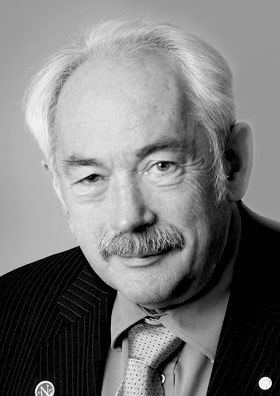
Grünberg received his intermediate diploma in 1962 from the Johann Wolfgang Goethe University in Frankfurt. He then attended the Darmstadt University of Technology, where he received his diploma in physics in 1966 and his Ph.D. in 1969. From 1969 to 1972, he did postdoctoral work at Carleton University in Ottawa, Canada. He later joined the Institute for Solid State Physics at Forschungszentrum Jülich, where he became a leading researcher in the field of thin film and multilayer magnetism until his retirement in 2004.
Important work
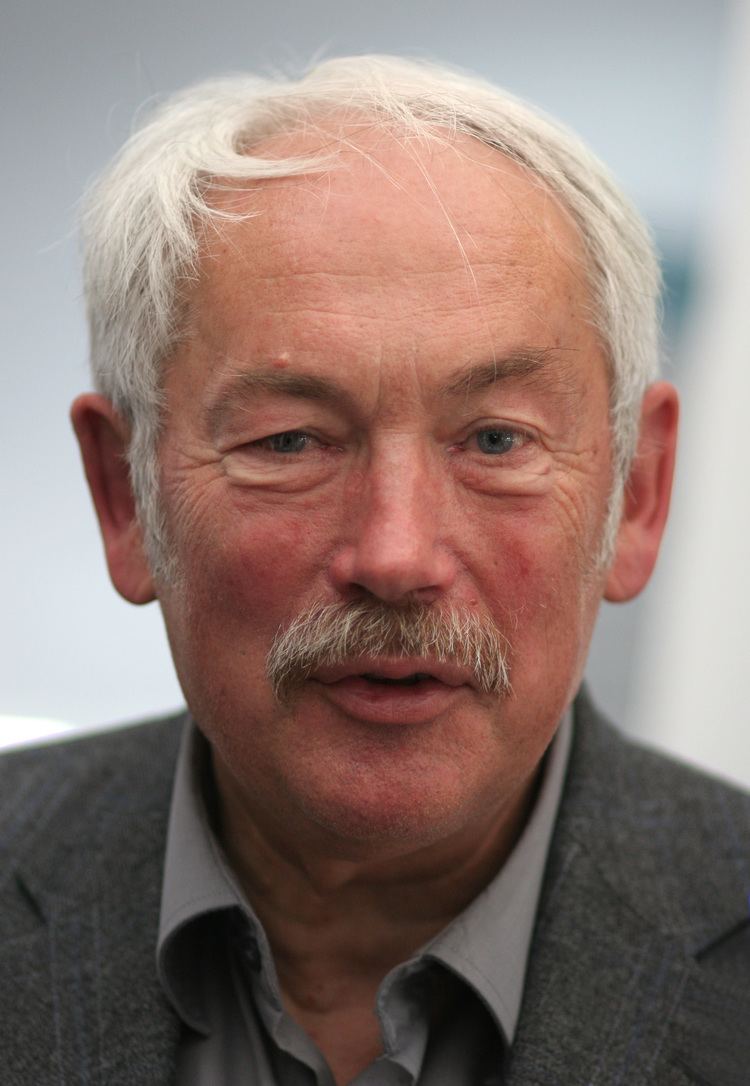
In 1986 he discovered the antiparallel exchange coupling between ferromagnetic layers separated by a thin non-ferromagnetic layer, and in 1988 he discovered the Giant magnetoresistive effect (GMR). GMR was simultaneously and independently discovered by Albert Fert from the Université de Paris Sud. It has been used extensively in read heads of modern hard drives. Another application of the GMR effect is non-volatile, magnetic random access memory.
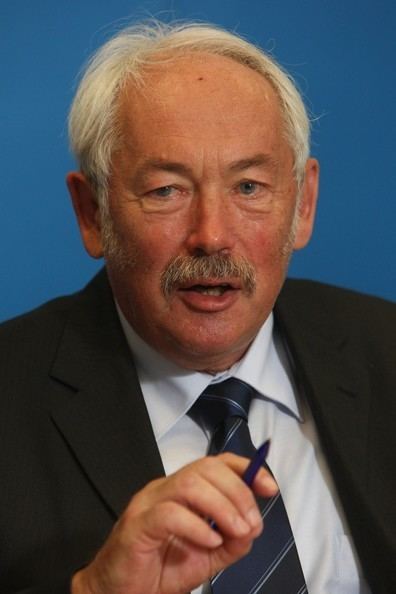
Apart from the Nobel Prize, Grünberg's work also has been rewarded with shared prizes in the APS International Prize for New Materials, the International Union of Pure and Applied Physics Magnetism Award, the Hewlett-Packard Europhysics Prize, the Wolf Prize in Physics and the 2007 Japan Prize. He won the German Future Prize for Technology and Innovation in 1998 and was named European Inventor of the Year in the category "Universities and research institutions" by the European Patent Office and European Commission in 2006.
